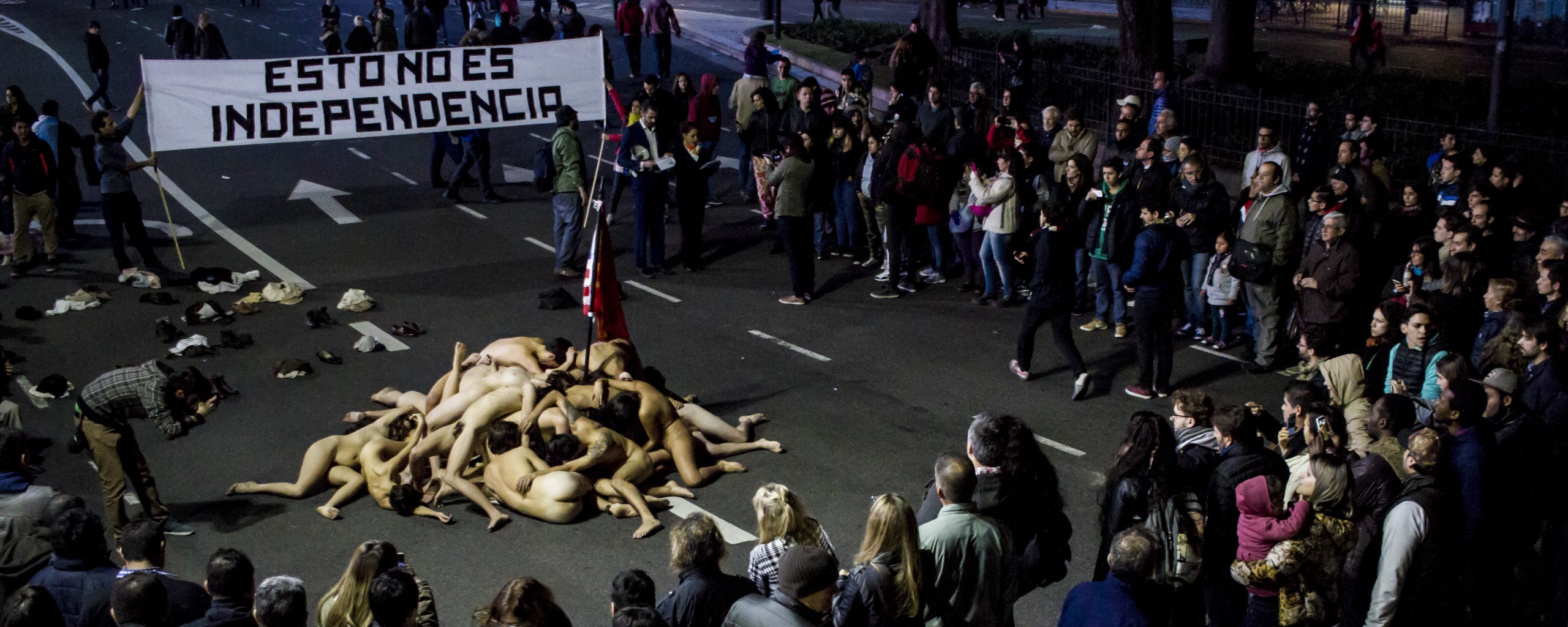

In the heat of a Buenos Aires summer, Osvaldo Bayer looks tired. The 89-year old journalist and human rights activist is standing on the street, posing for a picture with representatives of the indigenous mapuche people in a demonstration against the violent repression suffered days before in the faraway lands of Argentine Patagonia. Despite the high temperatures and a few signs of physical fragility, Bayer is there for the protest, showing his sympathy for the native inhabitants of a country where the word “reparations” still sounds strange to the majority.
Having lived through some of the darkest moments of the country’s history, the veteran journalist knows his onions–in a recent interview with Crisis magazine, Bayer said: “There are parts of the human body that won’t surrender, that resist until the end. To go out into the streets, to address politicians so they can breathe what they’ve done “¦ the only way to change things is to start from below and reach out to those above.”
The world is about to experience a crucial period of its history: the presidency of Donald Trump. And it is under these circumstances that concepts of resistance and civil disobedience have once again emerged in American society, this time in opposition to the (so far, perceived) authoritarianism expected from his government. From undocumented migrants, ordinary citizens, and minorities, to media organizations, corporations, and civil groups, society as a whole is bound to be affected.
Curiously enough, a similar process has been taking place in the South American nation of Argentina since 2015, where a rise in the level of government-sponsored authoritarianism has been directly reflected in its behavior toward public protests. In light of Argentina’s history of street protests (and its recently elected Trump-like government), there might be some valuable lessons for anyone looking to take their discontent into the streets–or as Bayer would have put it, within breathing distance of the new political class.
After Trump’s inauguration, the question is: Will the United States see an increase in authoritarianism against public protest, just like Argentina is experiencing under its own right-wing presidency?
Like most Argentines, Bayer can boast of significant experience in the field of public protest. After all, the country’s recent history is sharply defined by a series of massive public demonstrations, popularly known as the Argentinazo. In December of 2001, as the world reeled from the terrorist attacks of 9/11, Argentina was enduring unprecedented levels of economic hardship, fueled by the austerity-prone government of Fernando de la Rúa. By year’s end, the little patience people had for the government vanished when the minister of economy, Domingo Cavallo, announced a freeze on bank accounts and bans on cash withdrawals. The measures unleashed total chaos.
Tired of the government’s austerity measures and triggered by the restrictions, the people took to the streets. President de la Rúa had no better idea than to declare a state of siege–but in clear defiance and rejection of the executive order, the people remained. In compliance with the president’s commands, the police began to round up and shoot protesters, killing 19 in the city of Buenos Aires alone; hours later, de la Rúa was spotted fleeing his government home in a helicopter, his political career doomed.
The dystopian scenes from those years–marked by police brutality, scarcity, and political exhaustion–were a game-changer for Argentine society. After the Argentinazo, elections were held and the new government introduced a fresh approach to street protests: decriminalization. Quite suddenly, it seemed, the police were banned from carrying firearms while overseeing street protests, and were given orders not to intervene. The streets had long been a place of public discussion, and repression had proven an ineffective, harmful solution. Meanwhile, opposition parties and the media claimed that the regularity of protests were affecting freedom of movement in public spaces. The memories of violence were fresh enough, however, that the new government stood behind its “no intervention” policy.
As a result, public space took on a whole new dimension: Groups of people could now use it as a medium for their demands, and that’s exactly what happened. Street protests (not even necessarily massive ones) became the order of the day. The new government, commanded by Néstor Kirchner, was quick to cash in on the protestors’ actions, claiming that it had given back the streets to its legitimate owner: the people.
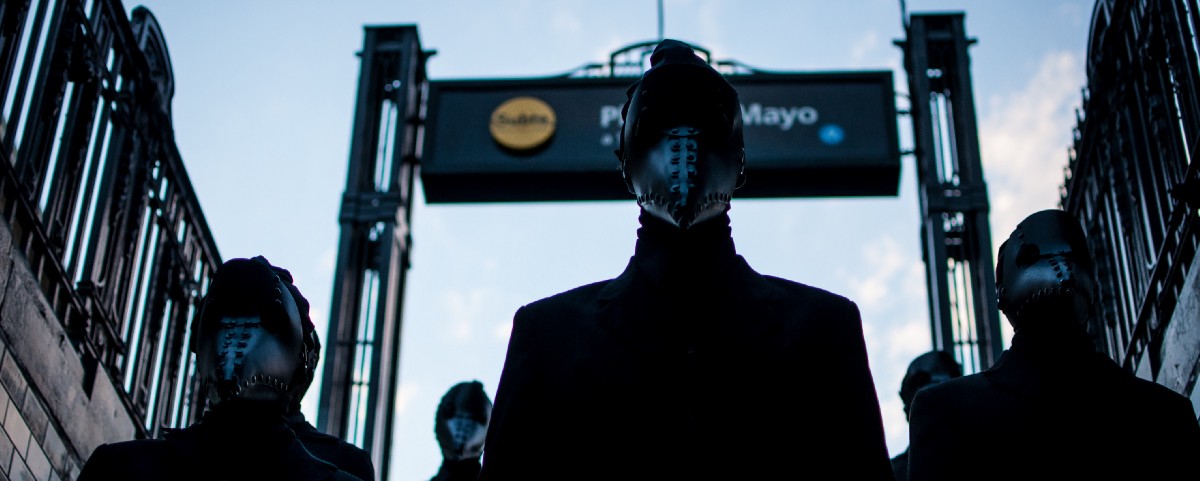
Ever since Donald Trump emerged as the winner of 2016’s U.S. presidential election, commentators seeking to explain America’s potential future have resorted to a number of disturbing comparisons. Many analogies liken what might come in Trump’s first term to the blood-thirsty regime of Rodrigo Duterte in the Philippines, the corruption-riddled stints of Silvio Berlusconi in Italy and, most notably, Vladimir Putin’s Russia. In a recent entry on his blog, Berkeley economist and free-trade advocate Brad DeLong took the comparison game a step further, saying that there’s a “tail risk” of Trump becoming a 21st-century version of Mussolini. (To be fair, though, it must be said that DeLong believes a Berlusconi-style tenure to be the most likely outcome.)
Nevertheless, none of these portraits make the cut when compared to Argentina, currently ruled by the once-unlikely figure of Mauricio Macri. All in all, the similarities are remarkable:
- The 2015 presidential election in Argentina saw Macri–a right-wing businessman–facing off against the poll-leading candidate of the governing progressive party.
- Bearing promises of investment for the left-behind areas of the country, lower taxes for the working class, and tighter border controls, Macri won the election against the establishment-backed candidate.
- In addition to political and economic views, there are other similarities between Macri and Trump: Both were born into construction-industry families, had silver-spoon infancies, and a Wharton education. Macri himself has also stated that he once closed a $600-million real estate deal with Donald Trump back in the 1980s, and that he partied with him a few times.
On top of the similar life stories of Mauricio Macri and Donald Trump, there are a number of notable similarities between Argentina and the United States. Both countries occupy a vast and diverse amount of land and received massive waves of European immigration during the 19th and 20th centuries. Moreover, the two embarked on extermination campaigns against the native inhabitants of that land during the 19th century, and also share a common self-perception of “superiority” against their less-developed neighbors. Argentina’s long history of discrimination against Bolivians and Paraguayans does not differ much from America’s blatant condescendence against Mexicans.
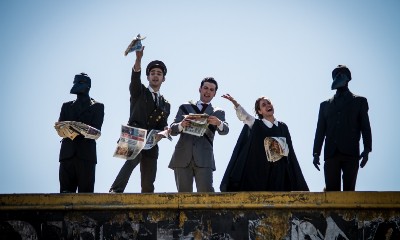
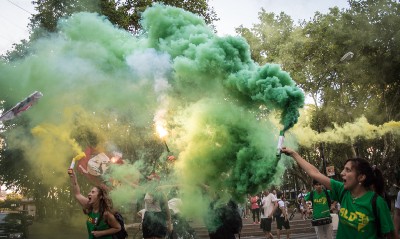
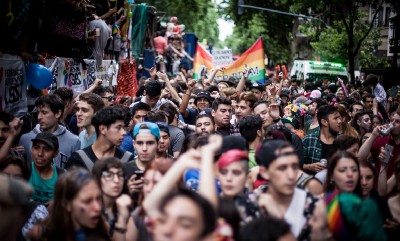
The number of street protests in Argentina has risen during the past 12 months. For a society that has seen thousands of public demonstrations over the last 15 years, an increase in protests is news–and not exactly the good kind. Many of the protests that took place during Macri’s first year were a direct response to a series of controversial decisions taken by his government, some of which include massive public sector layoffs, higher education budget cuts, and huge spikes in public services taxes and energy prices.
To be fair, not every protest can be linked to the government’s actions: Some of the most impressive demonstrations in recent times were connected to long-standing problems, including the Ni Una Menos march (the “Not One Less” march demanding an end to violence against women) and Marcha de la Gorra (“The Hat March” against social profiling of the poor and police brutality).
Nonetheless–and in contrast to the policy of the previous administrations–Macri’s attitude toward street protests is more hardline. His approach includes an ad-hoc police force, a less permissive “anti-picket” protocol, and a marked increase in the use of force against demonstrators. Though observable, these policies have not yet been fully implemented. Amidst the growing discontent fueled by a receding economy, the ghosts of the past are still too strong for the executive to pursue full-blown violence against street protesters. While Macri’s incremental approach can be labeled as prudential, that doesn’t make it any less dangerous. As recent history has proven, state-sponsored violence can backfire quickly in the context of economic hardship and general discontent.
In recent times, U.S. authorities have taken a peculiarly hard position against street protesters, ending demonstrations with arrests–and in some cases, unjustified violence. The lesson here is clear: In situations of growing discontent, failing to read the tenor of protests might lead to more chaos and widespread violence. In an attempt to reduce this possibility, the Argentine police have been banned from carrying guns when protecting or controlling a protest; if there’s a rise of authoritarianism in the United States, the presence of guns won’t make things easier. A heavily armed police force facing a heavily armed crowd can hardly be the ingredients for a peaceful outcome.
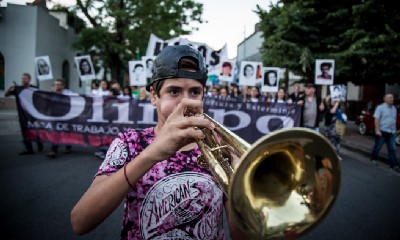
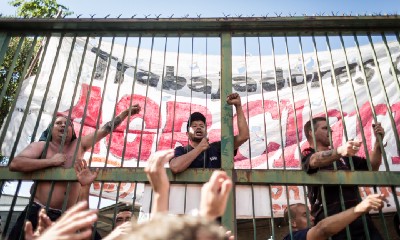
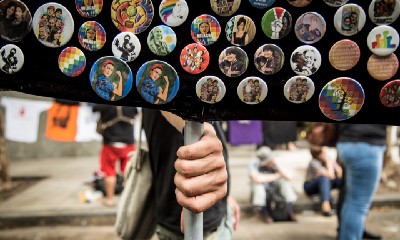
The media is crucial to how a protest is perceived by the rest of the population. Between 2008 and 2015, Argentina underwent a bitter media war, largely triggered by a law that was proposed by the second Kirchner administration. The law–which eventually saw legislative approval in 2009–attempted to limit media consolidation while favoring locally produced content. Directly affected by the law, the principal media outlets holed up against the government, deeming almost every official move as negative (and vice versa, as Kirchner’s government showed eagerness in discrediting all kinds of information if the source of it was an opposing outlet).
Caught up in the crossfire, the officially backed permissive stance on street protests received heavy criticism from the media–an exception being the protests that were explicitly against Kirchner’s government (most weren’t). The most common argument the media made against demonstrators cited the decreased freedom of movement. In the long run, that mainstream media failed to report the various reasons fueling the thousands of different protests rendered it deeply conservative in the eyes of protestors. It was not until Macri’s presidential victory in 2015 that the media war came to an end. Shortly after inauguration, the new president signed an executive order repealing Kirchner’s media law.
In a time of rising authoritarianism, the principal media outlets in Argentina–visibly aligned with the new government–are making dubious editorial choices when it comes to incidents related to demonstrations. For example, the day after the mapuche repression took place, only one minor outlet placed the story on its front cover.
Beyond the decreasing quality of information, the war between Kirchner’s government and the media had other consequences–some positive. New digital outlets came alive, including one that is focused on showing mobilizations and street protests in full dimension: The Emergente Collective. Doubling as a “action and communication” outlet, the groups believes the streets are the only place where the vulnerable sectors of society can act if they want to be heard. In a context where mainstream media oversimplifies (or directly does not report) street protests, it is their duty, it members say, to “visibilize, empower and amplify” these voices.
Emergente understands street protests as a “social thermometer”: a way to hear the claims of ordinary people, which in return are legitimized by assistance–and media coverage. In addition, Emergente says that a protest’s authenticity and legitimacy is closely related to the people that take part in it. Violent participants and actors that exert pressure over other participants will only corrupt the power of the protest and favor the conservative preconceptions over the act of protesting.
There is perhaps enough media diversity in the United States to avoid the kind of turf war that happened in Argentina–or not: Fake news, information echo chambers, and filter bubbles may have a broader impact than media diversity. In this regard, Emergente proposes a new vision for both the street protest and the associated media coverage. If audiences are indeed buzzed with too much (or unreliable) information, the important thing is to understand rather than to get noticed. In that sense, every protest must become an art form, carrying the power of initiating a paradigm shift toward clarity over unruly noise.

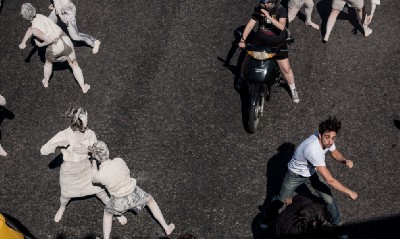
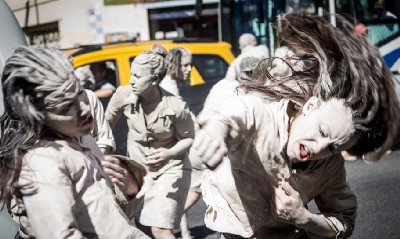
While it would be naïve to think that Donald Trump would follow the Argentine president’s approach toward street protests–or any other policy, for that matter–it is good to note that the two remain friendly and, most importantly, share key political views. In this regard, a rise in authoritarianism in the United States–particularly against street protests–might adopt a harsher form than it currently does in Argentina. Differences aside, both Macri and Trump face the risks of being the new top actors in countries with complex political histories and deep-rooted social conflicts, where effective management of the street protest is an item that can play a central role to unity and inner peace.
Unlike Argentina, however, the U.S. is about to enter the Trump era in a context where racism, xenophobia, and police brutality stand at worrying levels. In this loaded atmosphere, things can get out of control faster than imaginable, and the most valuable lessons for the United States might not be in Argentina, but within its own history. If street protesting is indeed a thermometer for democracy, it is time for U.S. citizens to stand up against the forces that undermine it, to check its measure. As history shows, protesting with dignity, peace, and perseverance can achieve the unexpected–even under the hardest circumstances.


How We Get To Next was a magazine that explored the future of science, technology, and culture from 2014 to 2019. This article is part of our Together in Public section, on the way new technologies are changing how we interact with each other in physical and digital spaces. Click the logo to read more.
